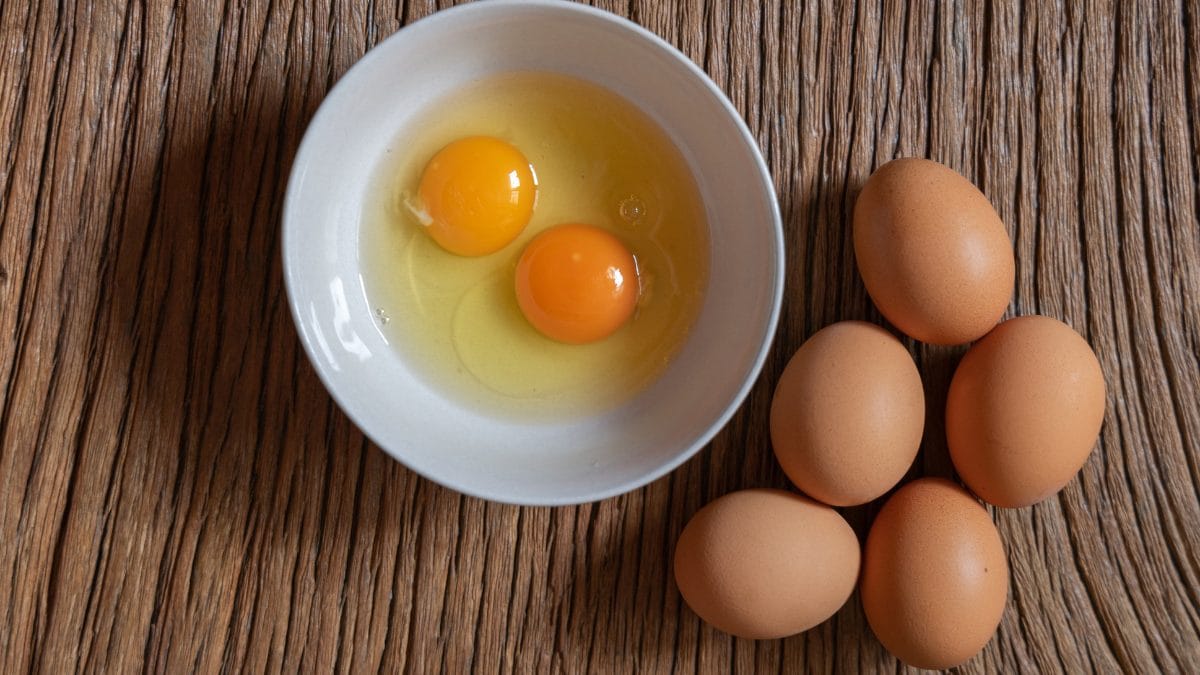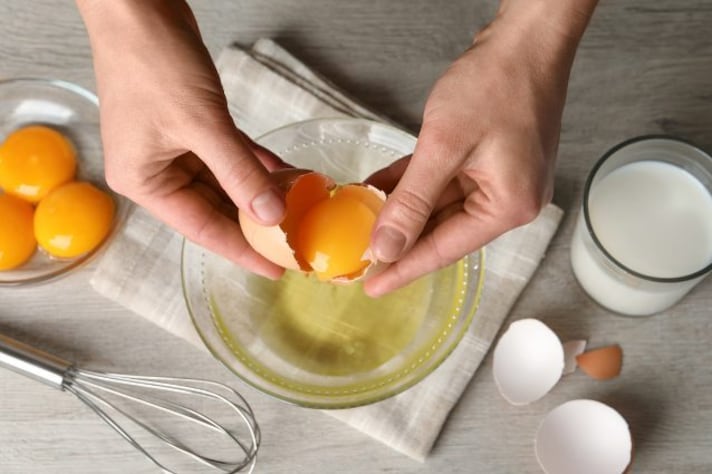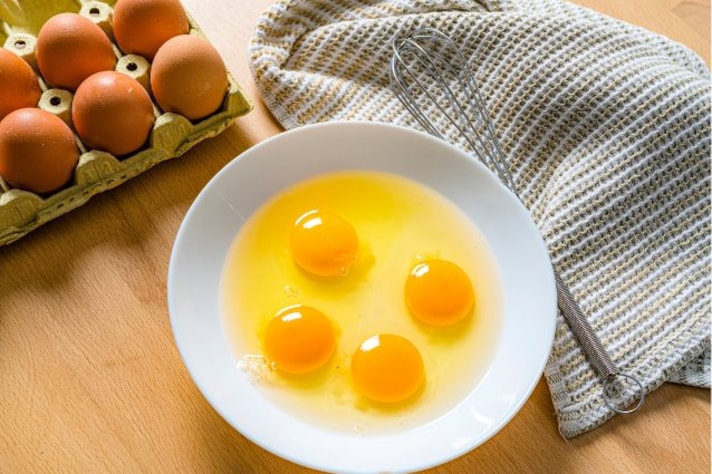
It’s a Sunday morning. The skillet is hot, the butter’s bubbling, and you’re dreaming of sunny-side-up perfection. Then, disaster: a rogue shard of eggshell plops right into the egg white. Suddenly, your culinary flow screeches to a halt. Do you fish it out? Leave it in? Is eating it a health hazard or just an unpleasant crunch?
Why Eggshells Sneak In—And Why They’re So Darn Hard to Get Out
First things first: that tiny sliver of shell didn't mean to ruin your day. It got there because of how the egg was cracked—especially if you went full Hulk on it. Cracking eggs against the edge of a bowl often pushes bits of shell inward. A flat surface, like a counter, actually helps prevent this, but hey, we’re all human.
Once that shell shard is in, it becomes slippery and hard to catch. Your fingers chase it around like it's playing dodgeball. That’s because the surrounding egg white clings to it, creating resistance. Cold eggs, with thicker whites, can make this game even tougher.
Fishing for Shards: The Best (and Weirdly Magical) Way to Get It Out
Here’s the kitchen hack that feels like wizardry: use another piece of the eggshell to scoop out the fragment. Why? Eggshells are naturally attracted to each other due to their sharp edges and similar textures. They cut through the whites more cleanly than your fingers or a spoon. Plus, you’ll look like a pro doing it.

If you’ve already dumped the egg into a bowl, don’t panic. Just grab a half-shell and gently corral the shard. Trust us—it works better than anything else, short of a fishing net (which we don’t recommend).
Is It Safe to Eat Eggshell?
Technically speaking, yes, you can eat eggshells. They’re mostly calcium carbonate—a mineral that’s even sold in powdered form as a supplement. But before you start seasoning your omelet with shell shrapnel, remember this: it’s not the calcium that’s the problem, it’s the texture and the potential for contamination.
Eggshells can carry bacteria like Salmonella on their surface. That’s why washing and cooking are key. A sterilized, powdered shell is one thing; a jagged chunk that’s fallen into your raw eggs is another. Even if cooked thoroughly, that piece of shell might not make you sick, but it could scrape your throat or feel like chewing on beach sand. Not exactly the flavor profile you’re going for with breakfast.
What Happens If You Leave It In?
Let’s say you missed the shell, or decided to live dangerously and cook the egg anyway. What then? If the shell is tiny enough, it might go unnoticed. Many people have probably swallowed a small piece at some point and lived to tell the tale (albeit not proudly). Your body can handle small bits—like it does with popcorn hulls or the occasional fish bone—but it’s not ideal.
For kids, the elderly, or anyone with digestive issues, even a small shard can be irritating. And frankly, it ruins the experience. Imagine biting into a creamy scramble and hitting an unexpected crunch. That’s breakfast betrayal right there.

Is Eating Eggshell Ever Actually a Thing?
Funny enough, yes—there’s a niche market for eggshell powder as a calcium supplement. But here’s the catch: those shells are cleaned, boiled, and ground into fine powder. They’re not the jagged edge that’s clinging to your cracked egg. So while it’s technically edible, that doesn’t mean it’s meant to be eaten in its natural state. It’s like saying tree bark is fiber—sure, but you don’t see anyone tossing it on a salad.
Tips to Avoid the Cracked Shell Catastrophe
Okay, you didn’t ask for a list, but let’s sneak one in just this once (because prevention really is the best cure):
- Crack your eggs on a flat surface, not a bowl edge.
- Use cold eggs—they’re easier to separate cleanly.
- Keep a clean half-shell nearby for scooping.
- Crack over a separate bowl if you're baking or being precise. You’ll save yourself the stress—and the unwanted crunch.
;Resize,width=767;)
